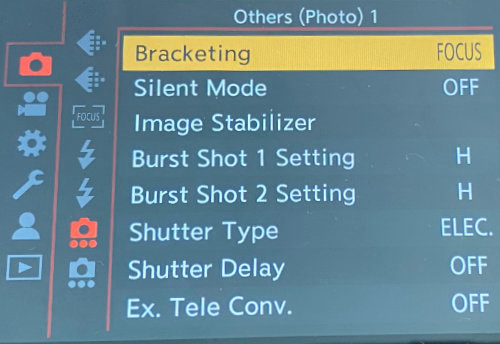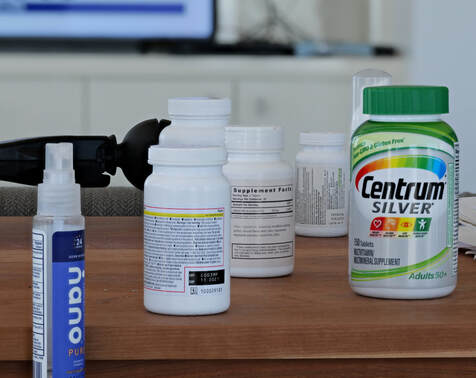S1R Focus Stacking With Sigma 70mm L-Mount Macro Lens
The Sigma 70mm macro lens (Sigma 70mm f/2.8 DG Macro Art Lens for Leica L-$569) has a number of features that make it possible to create focus stacks using the "focus bracketing" feature of the S1R. It is an autofocus lens so that the camera can automatically advance the focus point under control of the focus bracketing. It has a minimum reproduction ratio f 1:1. The focal length of the lens is nearly constant over the reproduction ratio of 1 to 10, varying from about 64mm to 68 mm. The reproduction ratio and the distance from the object to the sensor, in meters and feet, are engraved on the barrel of the lens extension. This lens is reviewed as being exceptionally sharp. The f-number runs from f/2.8 to f/22.
The Sigma 70mm macro lens (Sigma 70mm f/2.8 DG Macro Art Lens for Leica L-$569) has a number of features that make it possible to create focus stacks using the "focus bracketing" feature of the S1R. It is an autofocus lens so that the camera can automatically advance the focus point under control of the focus bracketing. It has a minimum reproduction ratio f 1:1. The focal length of the lens is nearly constant over the reproduction ratio of 1 to 10, varying from about 64mm to 68 mm. The reproduction ratio and the distance from the object to the sensor, in meters and feet, are engraved on the barrel of the lens extension. This lens is reviewed as being exceptionally sharp. The f-number runs from f/2.8 to f/22.
The f-number increases from f/2.8 to f/5.0 as the magnification becomes larger. The following table is from the Sigma leaflet that comes with the lens. The camera and probably the stacking program compensate for this.
In order to calculate camera inputs an excel spreadsheet and a browser app, for IOS or Android, are available.
Download the Excel spreadsheet here.
Download the browser app here. To load the app as an "application" under IOS or Android follow instructions here.
The calculator input window typically looks like the image below:
The calculator requires 4 inputs and returns two outputs. The procedure is to focus the camera just ahead of the start point of the stack. This is facilitated by disabling magnification on the focus ring and enabling focus peaking. The distance from the sensor to the starting focus point can be measured with a millimeter tape measure for shorter distances.
The input "additional circle of confusion" is an increment to the circle of confusion introduced by imperfect focus between images in the stack. 12 um is a typical value. 5 um is suitable for extra sharpness in the resultant photo.
Conditions for capturing a stack should be as follows: Camera on tripod, magnification on focus ring off, manual focus mode, stabilization off, electronic shutter. The menu settings are shown in the photos below.
Conditions for capturing a stack should be as follows: Camera on tripod, magnification on focus ring off, manual focus mode, stabilization off, electronic shutter. The menu settings are shown in the photos below.
The following example creates a stack and stacks it with Helicon Focus.
The app and camera menu setup and the results from Helicon Stacker are shown below. The left image is the processed stack. The right image one image from the stack.
Another example (the photos are downsampled to reduce load time):




















